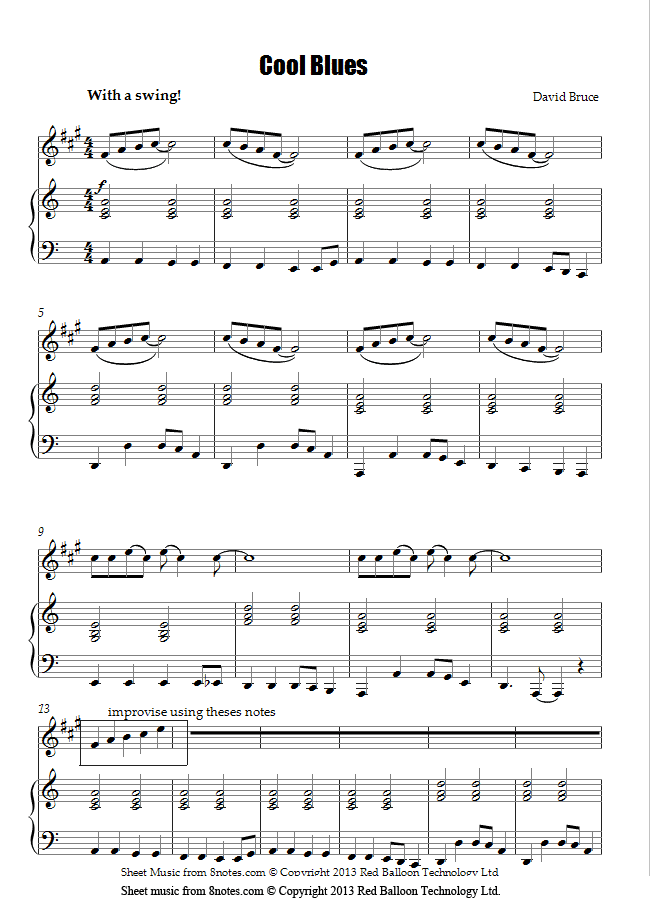Desenclos Saxophone Quartet Pdf To Word

Product Description Invented in Paris in 1846 by the Belgian-born Adolphe Sax, the saxophone was readily embraced by French composers who championed the new instrument through numerous ensemble and solo compositions. This tradition is celebrated in a program, performed by the young and exciting Kenari Quartet, that explores the saxophone in all of its colors and sonorities, from Pierre Max Dubois's light-hearted and jazz-inspired music to the lyrical and expressive world of Alfred Desenclos, and from Jean Francaix's witty 'bantering' to the excitement and energy which closes Florent Schmitt's Quatour, Op. PreRip is a free option on select CD's displaying the PreRip icon. Maltego Trial License Reset.
Shop the world's widest selection of Alfred Desenclos saxophone quartet music, scores, parts and more. You'll find your Alfred Desenclos saxophone quartet sheet music at Sheet Music Plus.Missing. Soprano Saxophone (with piano unless indicated otherwise). Bach, J.S./Harle. Dahl, Ingolf. Demersseman, Jules Le Carnaval de Vinise (arr. Denisov, Edison. Desenclos, Alfred. Prelude, Cadence et Finale. Dressel, Erwin. Three Songs Without Words. Caravan, Ronald.
This option allows you to download the MP3 version of that CD immediately after your purchase. The physical CD will still be shipped to you.
If you agree to accept your PreRip MP3s, please be aware that the corresponding CD will be non-refundable and cannot be canceled from your order. This protects us against customers taking the free MP3 and then canceling the CD.
Blaupunkt Cd30 Keygen Generator. PreRip availability may change at any time, so we recommend that you download as soon as possible.
More lasting in effect was the prominent role the saxophone family played a few years later in big band charts by Fletcher Henderson and Duke Ellington. Capable of extraordinary feats of expressivity, with “vocalizing” effects dispatched with easy unanimity, this style of arrangement reached an apex in Woody Herman’s late-1940s “Four Brothers” band, so named for its celebrated sax section, of which Stan Getz and Zoot Sims were members.
In the jazz field, interest in instrumental multiples all but went dormant during the small-group 1950s and 1960s, making what happened next—a unprecedented boomlet of unaccompanied saxophone groups—all the more unexpected. Formed in 1976, the (WSQ) has been without doubt the most well known such formation. Comprised in its prime of four bona fide virtuosos (Julius Hemphill, Oliver Lake, David Murray, and Hamiet Bluiett), WSQ had the audacity—and the chops—to go without a rhythm section, and yet they often swung harder and grooved deeper than many of their accompanied peers. This was due in no small measure to baritone player Bluiett, who variously takes up some of the responsibilities of an upright bass, a drum set, a tuba, a talking drum, a fretted electric bass, and many more besides.